Orders 45$ & Up,
2-3 Days*
Orders 45$ & Up,
2-3 Business Days

1. What is a koozie typically used for?
A koozie is typically used to keep canned or bottled drinks cold by insulating them.
2. What materials are koozies commonly made of?
Click for The Quiz
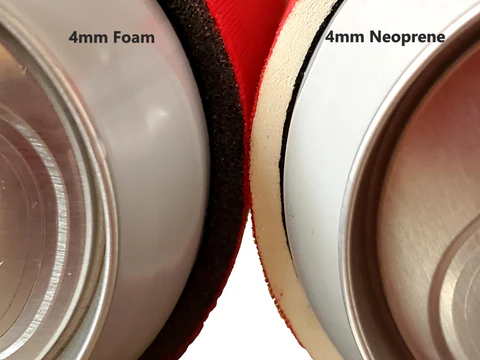
Which One Is Better & Why? Learn More....
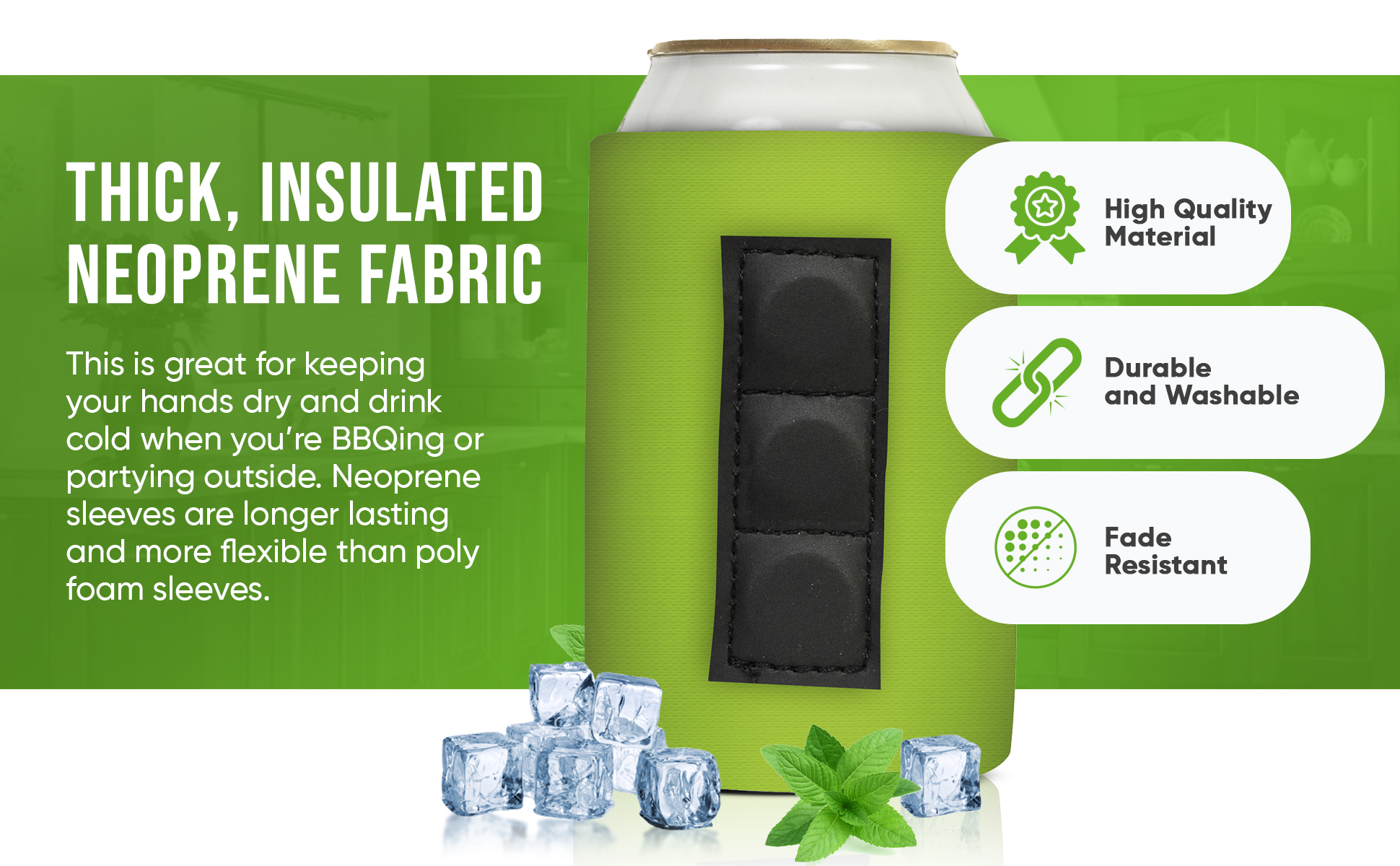
When it comes to keeping your beverages cold, a koozie© is essential. But not all koozies© are created equal. Many companies offer standard foam or fabric can holders, and indeed there are other magnetic can koozies© out there. But what sets Quality Perfection's magnetic can koozie apart from the competition? Learn More
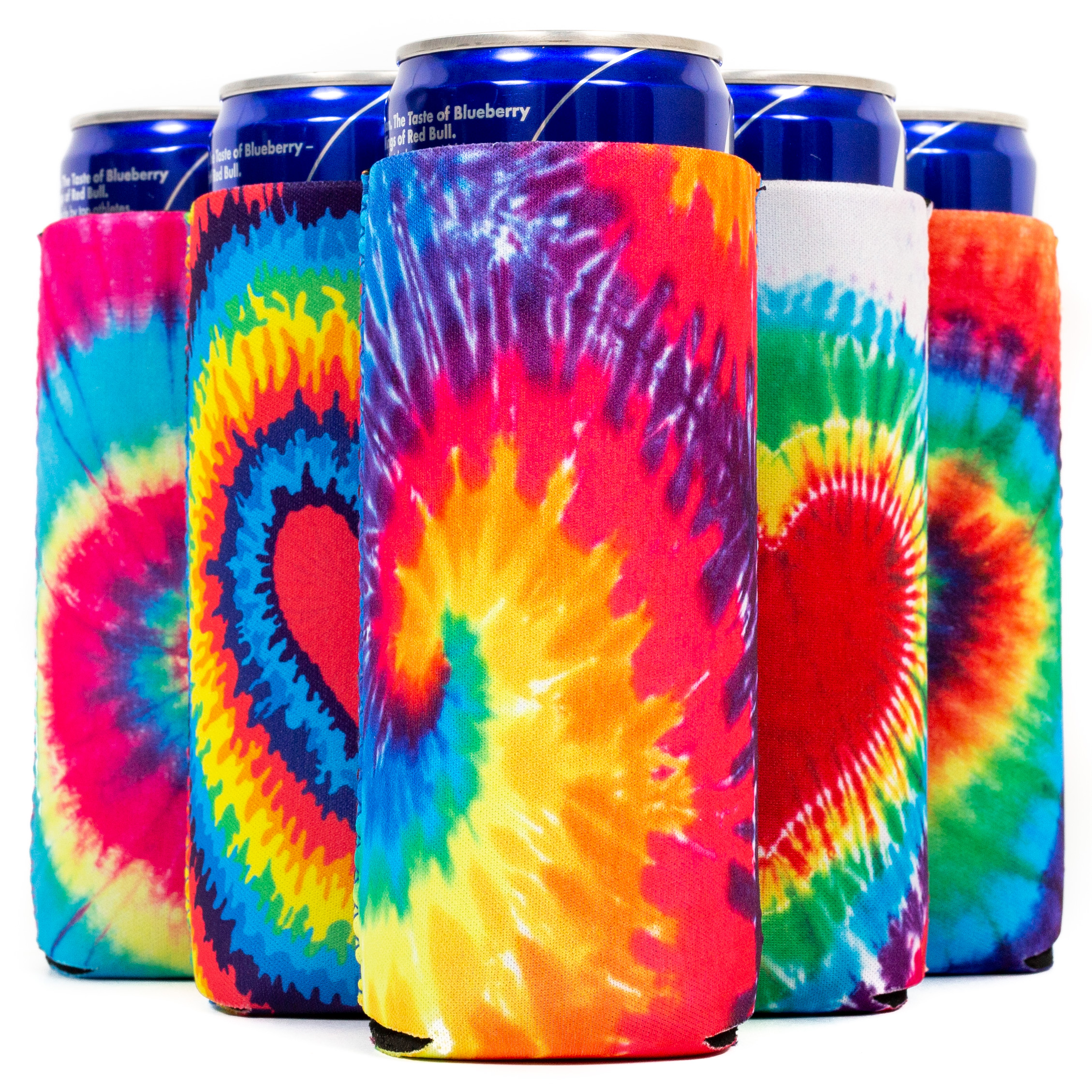
All You Need to Know
Do you know what neoprene is? No doubt you’ve heard of it, and chances are, you've come into contact with this material before - even if you didn't realize it. But what exactly is neoprene, and what can it be used for? Neoprene is a type of synthetic rubber that has a wide range of applications.... Learn More
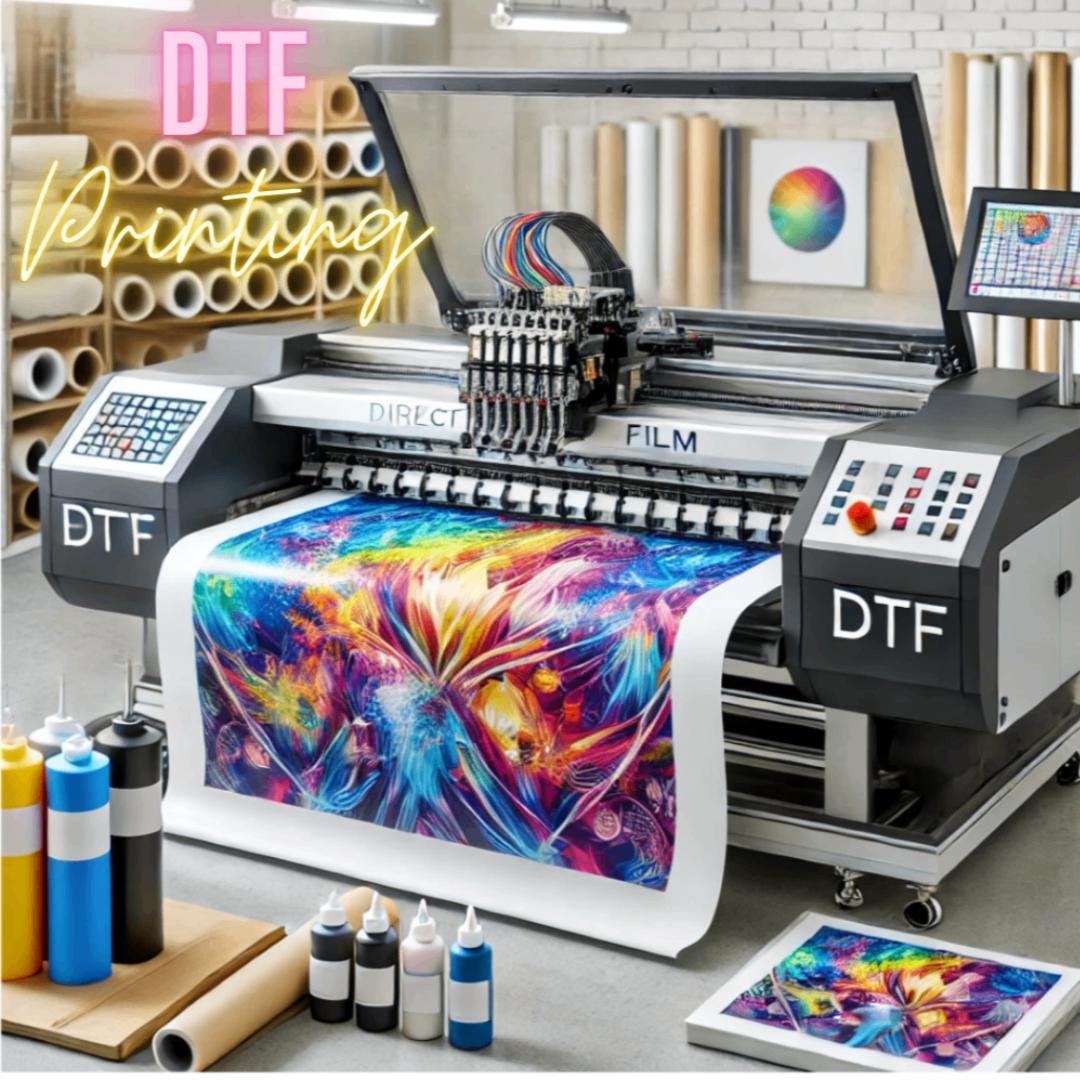 DTF Printing: Exploring the Pros and Cons
DTF Printing: Exploring the Pros and Cons
In the ever-evolving world of custom apparel and merchandise, one printing technique has been gaining significant traction: DTF (Direct to Film) printing. As the name suggests, this innovative process allows for the direct application of designs onto fabrics, offering a unique and versatile solution for businesses and individuals alike.
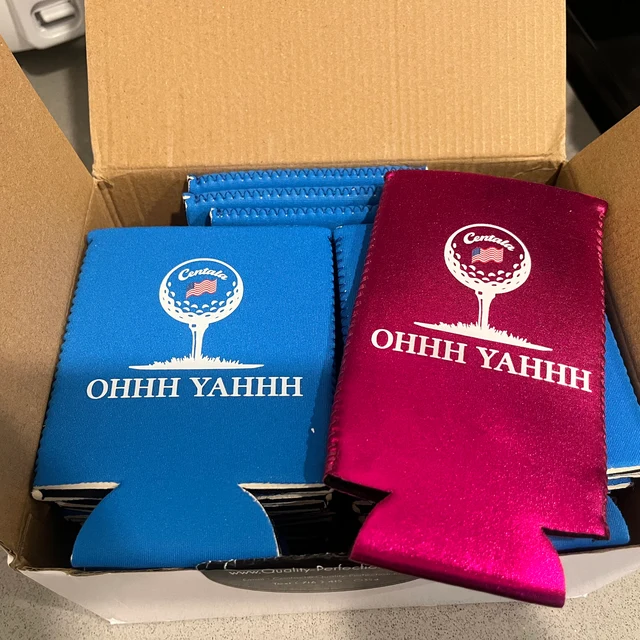 What is Koozie©?
What is Koozie©?
A Koozie© is a trademarked brand name for insulated drink holders designed to keep beverages cold. Typically made from materials like foam or neoprene, Koozies® are designed to fit snugly around cans or bottles, preventing heat transfer from hands or the environment to the drink. Over time, "koozie" has become a general term for similar beverage insulators, regardless of brand. Learn More
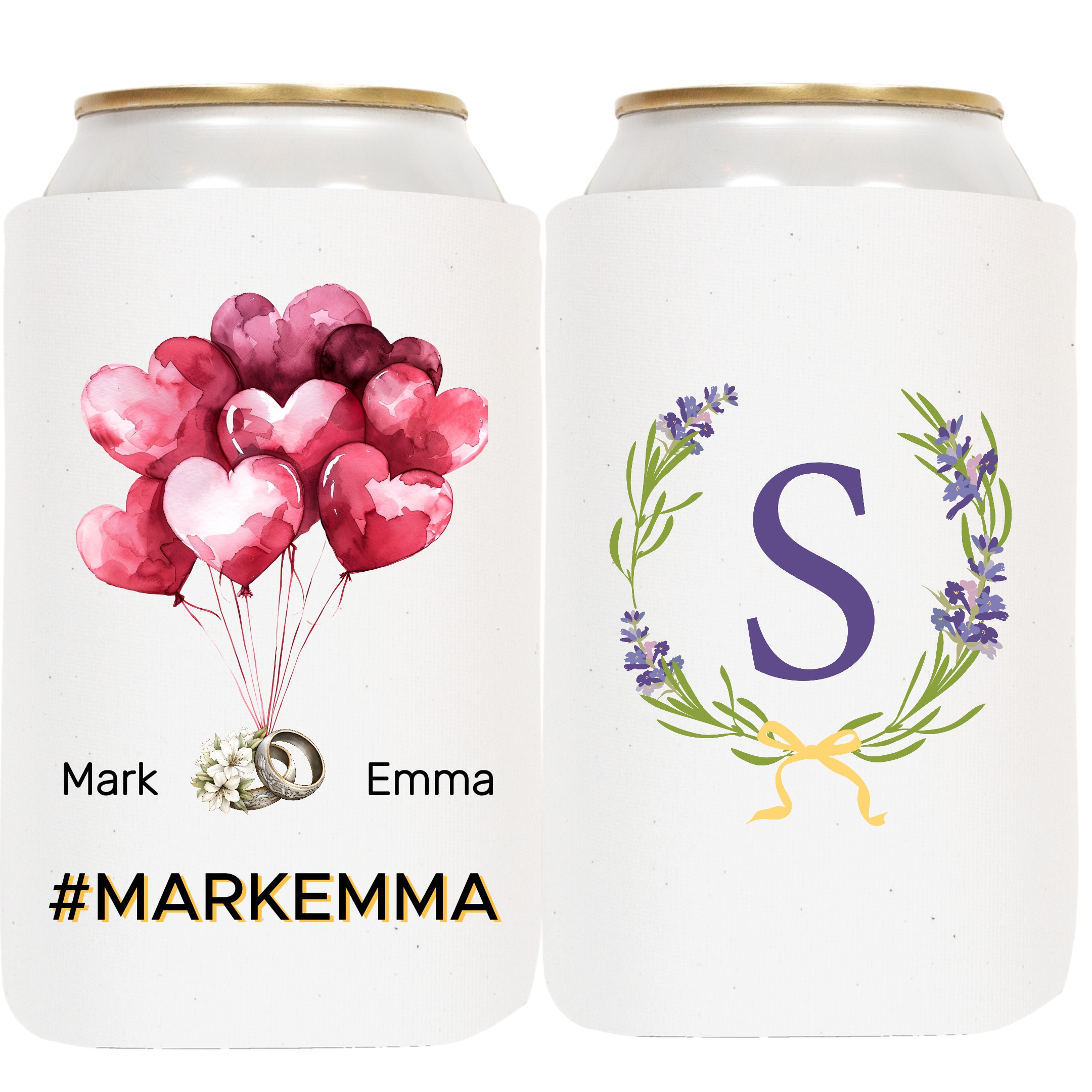 What is the best Sublimation paper for heat press ?
What is the best Sublimation paper for heat press ?
The best sublimation paper for your heat press largely depends on your specific needs, such as the substrate you're working with (like fabric, mugs, or metal) and the ink you're using. Here are some top options:
A-SUB Sublimation Paper: Known for its high transfer rate (98%) and great color fidelity, A-SUB works well on both soft and hard substrates. It’s a top pick for Epson printers and popular for fabrics like polyester and coated surfaces like koozies©. Learn More
Introducing the ultimate companion for your beverages - custom can koozies! Say goodbye to warm drinks and hello to cold, refreshing sips with our personalized koozies. Perfect for any occasion, these koozies can be customized with your own design or message, making them a great addition to parties, events, or even as a unique gift. Keep your drinks cool and your style on point with our custom can koozies. Cheers!
Contact@quality-perfection.com